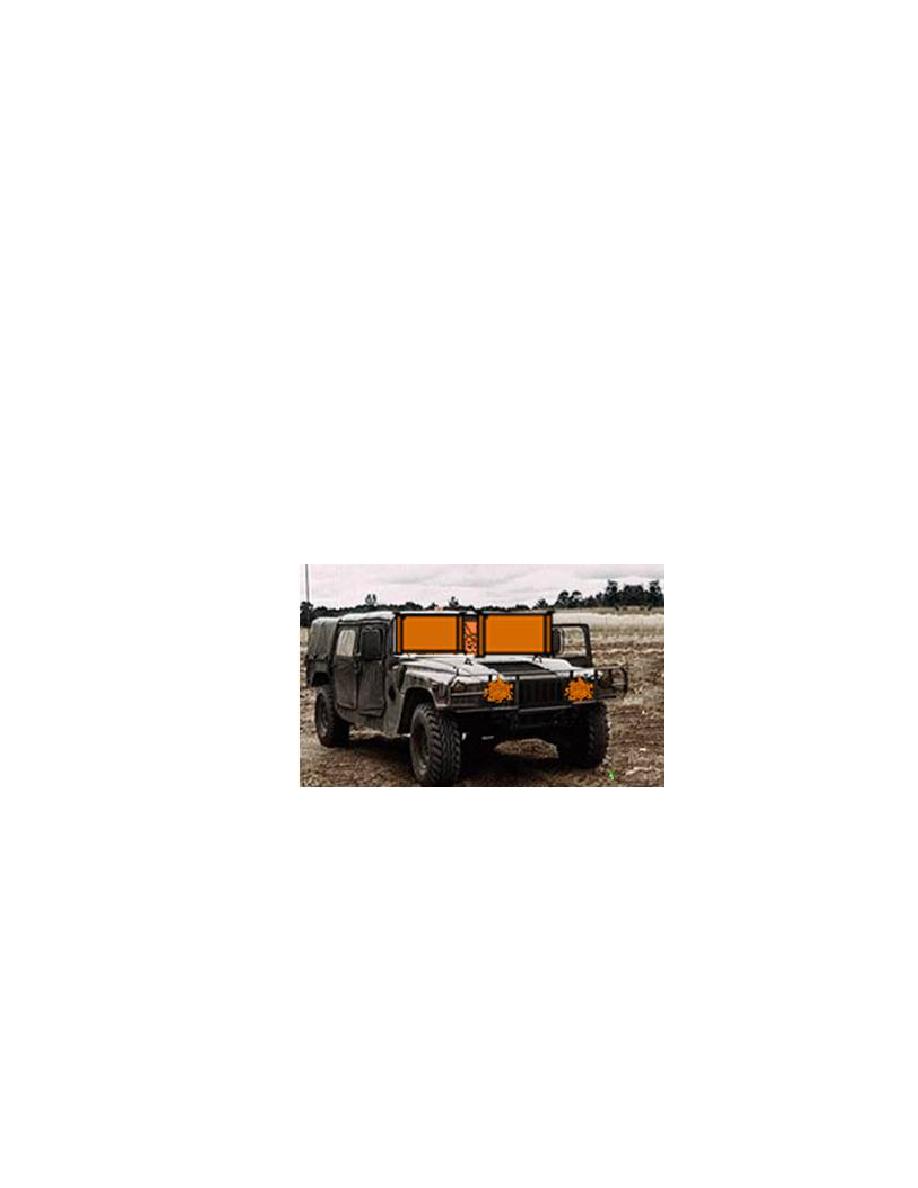
c. Use the cover of darkness. If possible, convoy only at night and under blackout
conditions. This is by far your best defense against air attack.
d. Travel during periods of inclement weather. Low clouds, rain, snow, and fog offer you
good concealment and limit a pilots visibility.
e. Try to eliminate the dust plume that invariably accompanies a convoy. When possible,
plan your route along hard surface roads and try to avoid unpaved secondary roads. If you must
travel on unpaved roads, reduce speed to reduce dust.
f. Use routes that offer natural concealment. Trees and the shadows they cast are
concealing; so are the shadows cast by mountain ridge lines in the morning and in the late
afternoon. If you must cross open country, travel when the sun is high to avoid casting long,
highly visible shadows.
g. Eliminate glare. Be sure that every vehicle in the convoy is camouflage painted. A
camouflage-painted vehicle is not easily detected from the air, but a vehicle reflecting light from
glossy surfaces and window glass provides an easy target. Try to eliminate glare by using mud,
tape, cardboard, traps, camouflage nets, or ponchos to cover headlights, window glass, and other
glossy surfaces. (Figure 20).
Figure 20. Eliminate Glare
h. Use smoke/obscurants to conceal positions and movements. Also, to deceive the
enemy as to mission and intent (draw attention to deception operations).
i. Operate at night or during cloudy or foggy weather as much as possible.
j. Position vehicles and facilities inside woodlines and erase vehicle tracks left outside
woodlines.
28



 Previous Page
Previous Page
